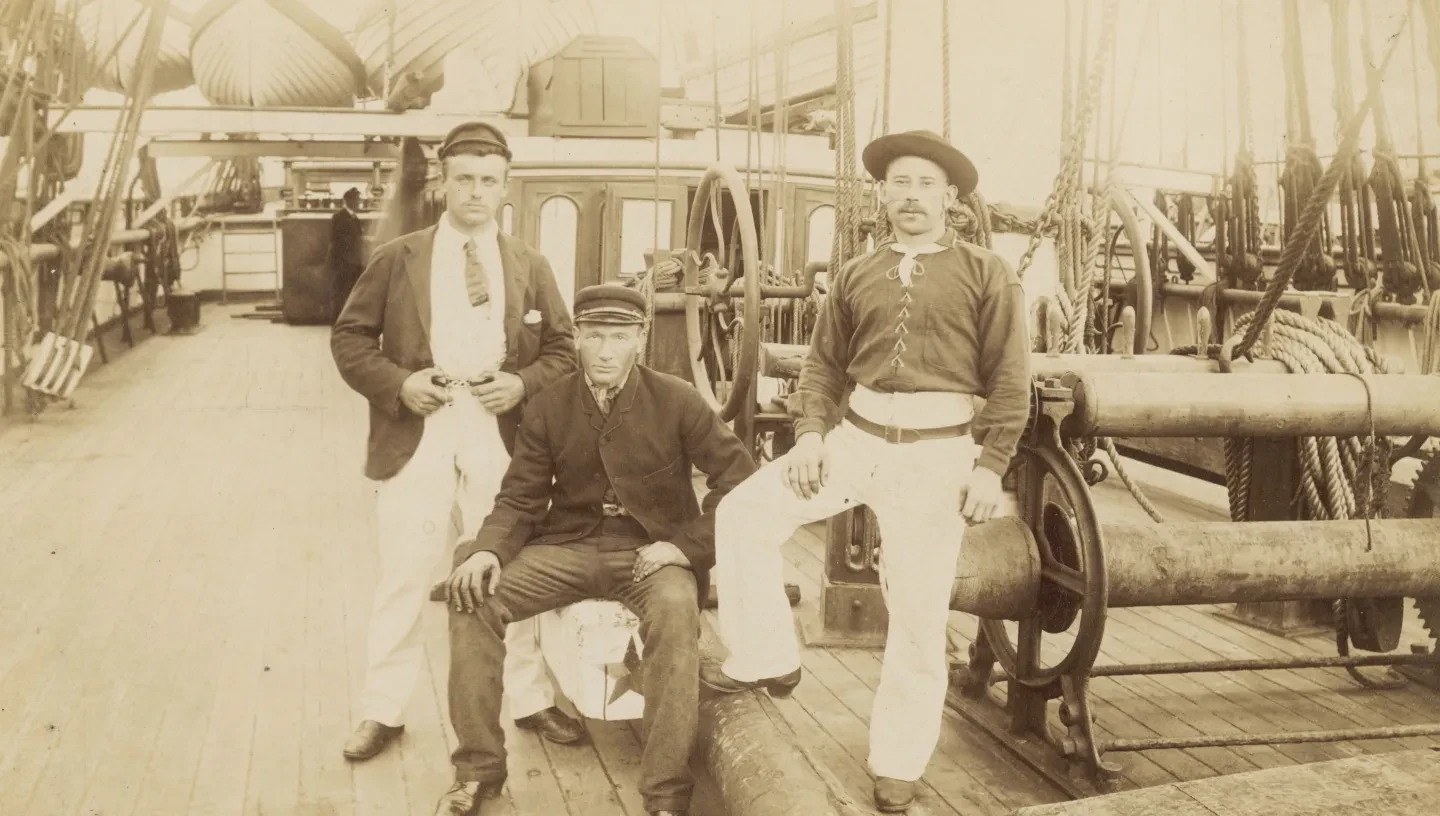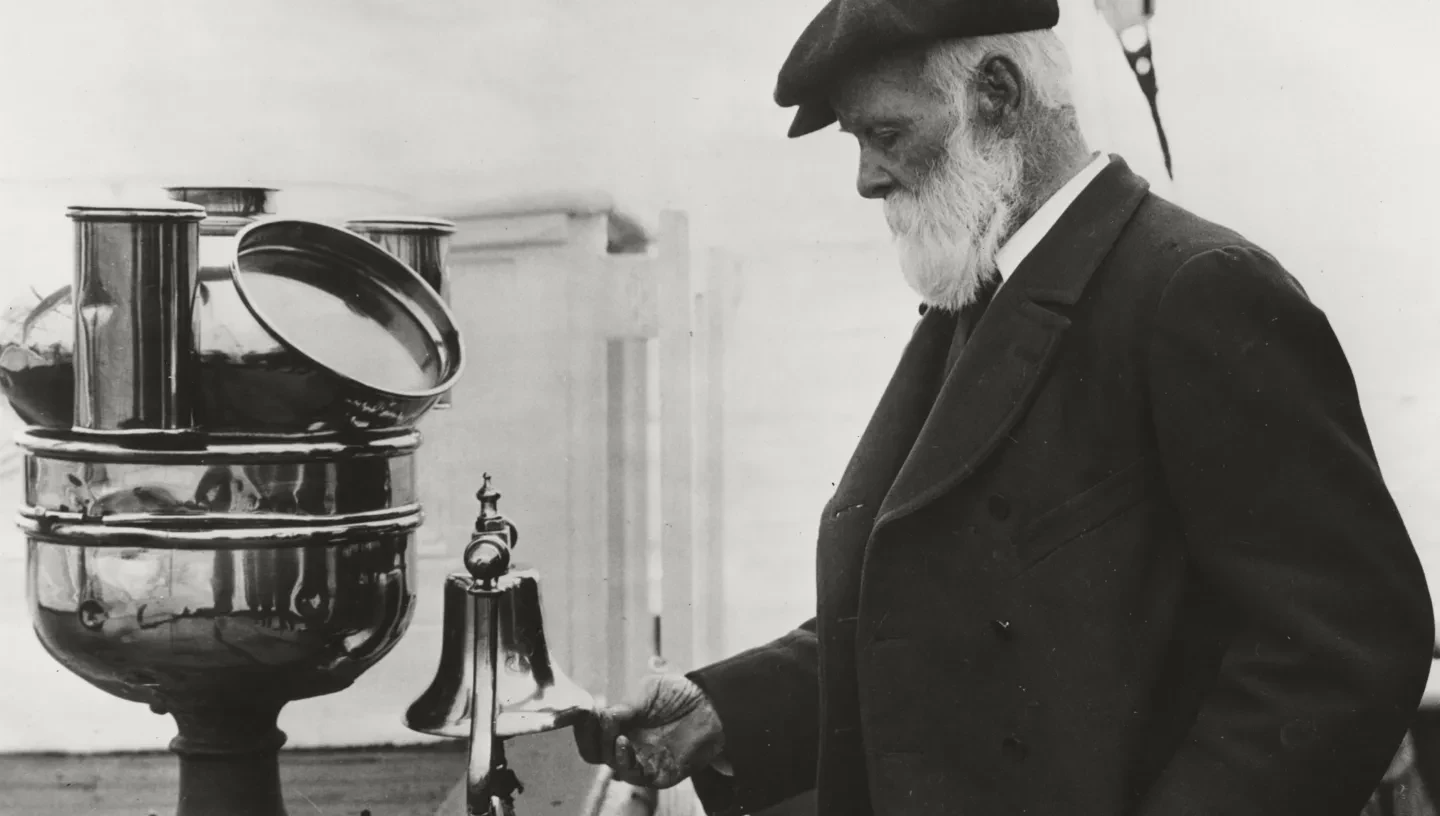
Cutty Sark was a trading ship under the red ensign of the British merchant fleet for 25 years. During this time the ship had seven captains, all of whom had to pass the stringent examinations to become a master-mariner.
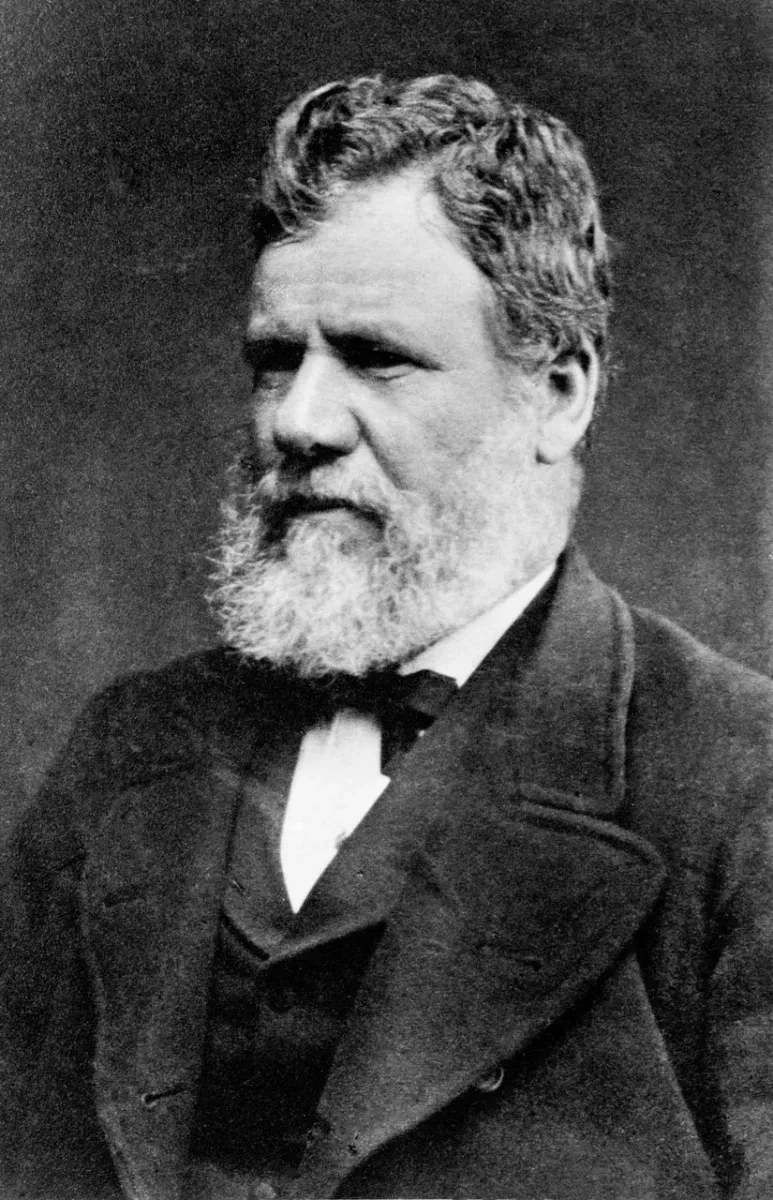
George Moodie
Born: 1829
Qualified: 1861, aged 32
Retired: Resigned after an argument
Captain Moodie was involved with Cutty Sark almost from the day of its conception. He had been master on several of the owner John Willis's ships and was well regarded as a seaman. With this background he was considered by Willis to be the man to oversee the building of Cutty Sark. He was also captain for the delivery passage from Dumbarton to London before leading the ship’s maiden voyage in the China tea trade.
He began his four-year apprenticeship in March 1849 in Kirkcaldy. At 19 he was rather old to begin an apprenticeship. Most would have begun at 14 or 15 but he completed his indentures in 1853. He then took the examinations for his Mate’s and Master’s certificates, completing the latter in 1861 at the age of 32.
Up to this point he had almost exclusively worked out of Scottish ports. However, having qualified as Master he moved south and began the association with John Willis which would lead to his command of Cutty Sark.
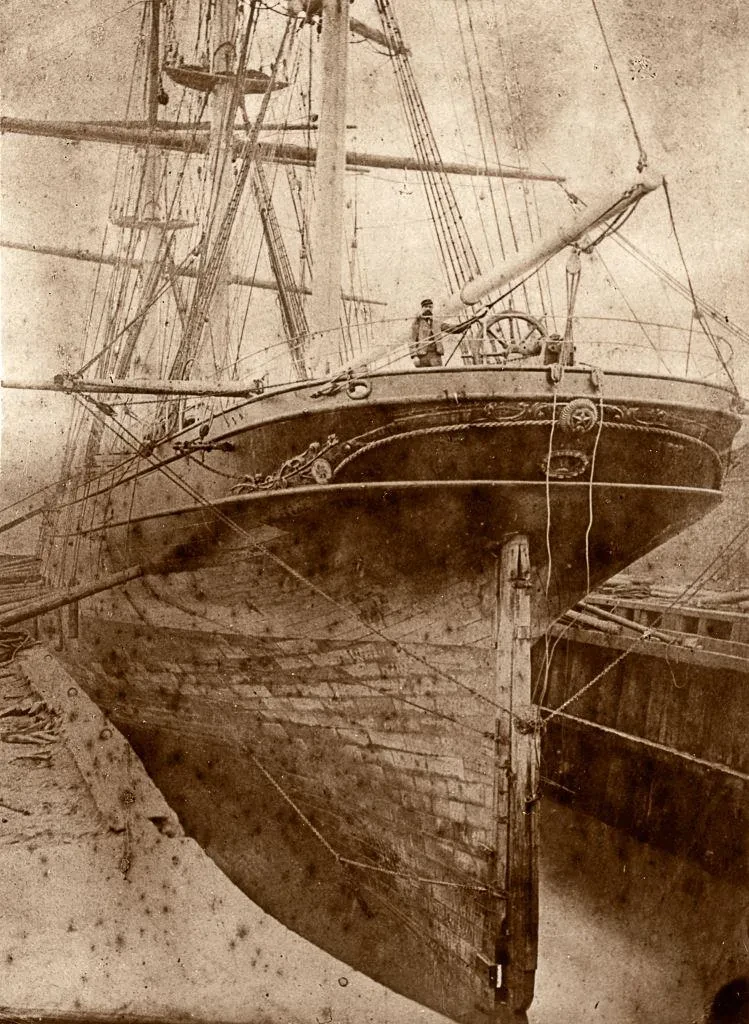
After three voyages there was a disagreement between Moodie and Robert Willis, the brother of the ship’s owner. When Cutty Sark’s rudder was lost in a violent storm, Willis ordered Moodie to dock in Cape Town for repairs.
Moodie, committed to reaching London on schedule, stood his ground. He had a jury rudder - one constructed for temporary use - made and hung on the ship while at sea. They reached London only a week behind the fastest ship, but Robert Willis brought the incident to the attention of his brother. This complaint resulted in Moodie resigning and moving back to Scotland. For the rest of his long career he sailed primarily from Scottish ports, staying closer to home.
The life of a deep sea captain could be extremely hard on family life. One of his children, Alexander, served one voyage as apprentice on Cutty Sark, and himself became a master-mariner in 1883. In the international trade, there was often only a very short break between the end of one voyage and the beginning of the next. If your family lived near the home port, then short stays between trips could be possible. But if, like Moodie, you were based in London but your family were in Scotland, opportunities were limited.
In 1872 Moodie had gained a certificate to captain steam-driven vessels. After returning to Scotland he began to make good use of that qualification. He never captained a sailing ship again and worked exclusively on steam vessels. His first steam captaincy was on Virginia, which carried passengers across the Atlantic.
His career had some colourful moments with several collisions; in one a man died and Moodie was found to be culpable. His Master's certificate was suspended for three months for this.
He retired from the sea at the age of 62 in 1891.
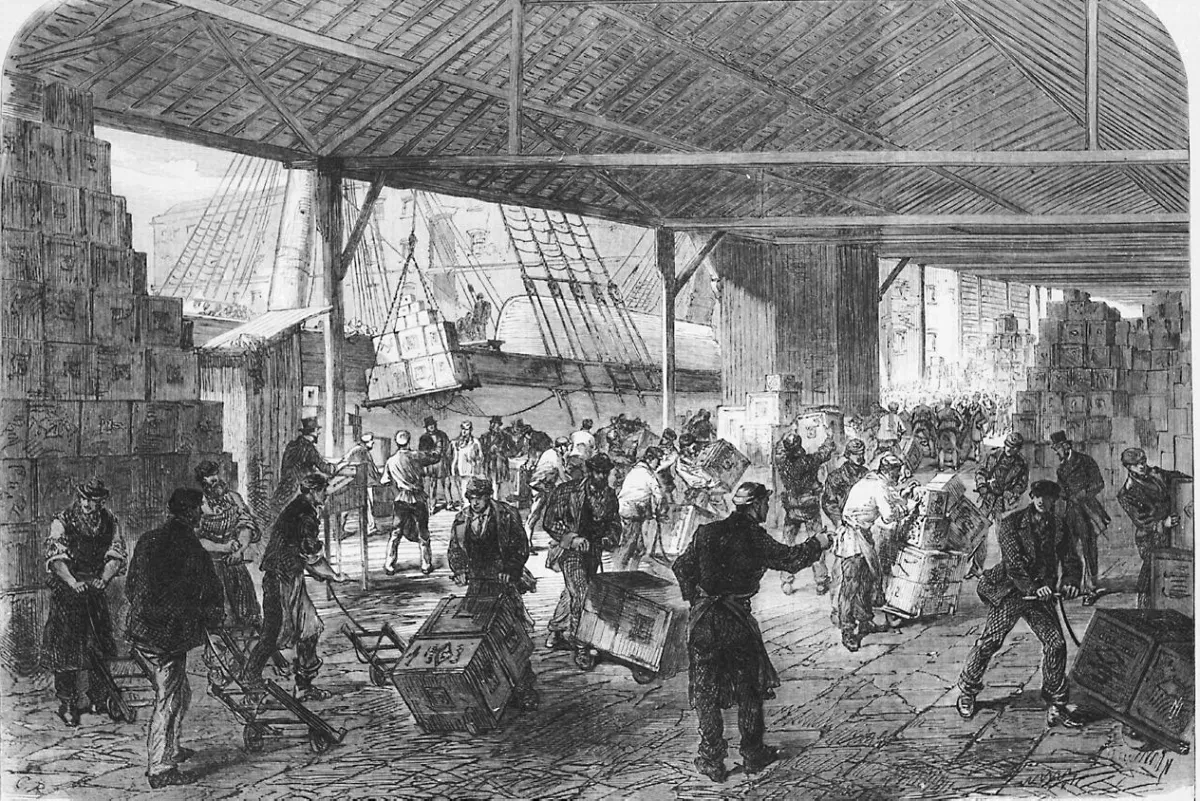
Francis William Moore
Born: 1822
Qualified as Master: 1860
Retired: 1873
Francis William Moore began a five-year apprenticeship in Hamburg when he was 14 years old. He then continued sailing out of Hamburg as a seaman and by 1846 he was a Second Mate.
About 1848 he left Hamburg and made his home in England, and was working on Liverpool-registered ships. He first crewed in a ship owned by John Willis in 1851, when he was taken on as Third Mate aboard Janet Willis. From this time on he only sailed in Willis ships. He was awarded his Second Mate’s Certificate of Competency in 1854, despite already working at this level.
In 1860 he passed the examination for his Master’s Certificate and was immediately given the captaincy of Merse, a 690 ton vessel in the China trade. Moore was late in gaining his Master’s Certificate. He was 38 years old and already had 24 years’ experience at sea, so by the time he captained Cutty Sark he was 50 years old. In Willis's eyes this made him a very reliable and experienced seaman.
Moore might never have had the chance to take command of Cutty Sark had it not been for Captain Moodie arguing with Robert Willis and resigning.
Francis William Moore captained Cutty Sark for just one voyage. He arrived back in London on the 3 November 1873 and never sailed again. He died on the 24 December 1874.
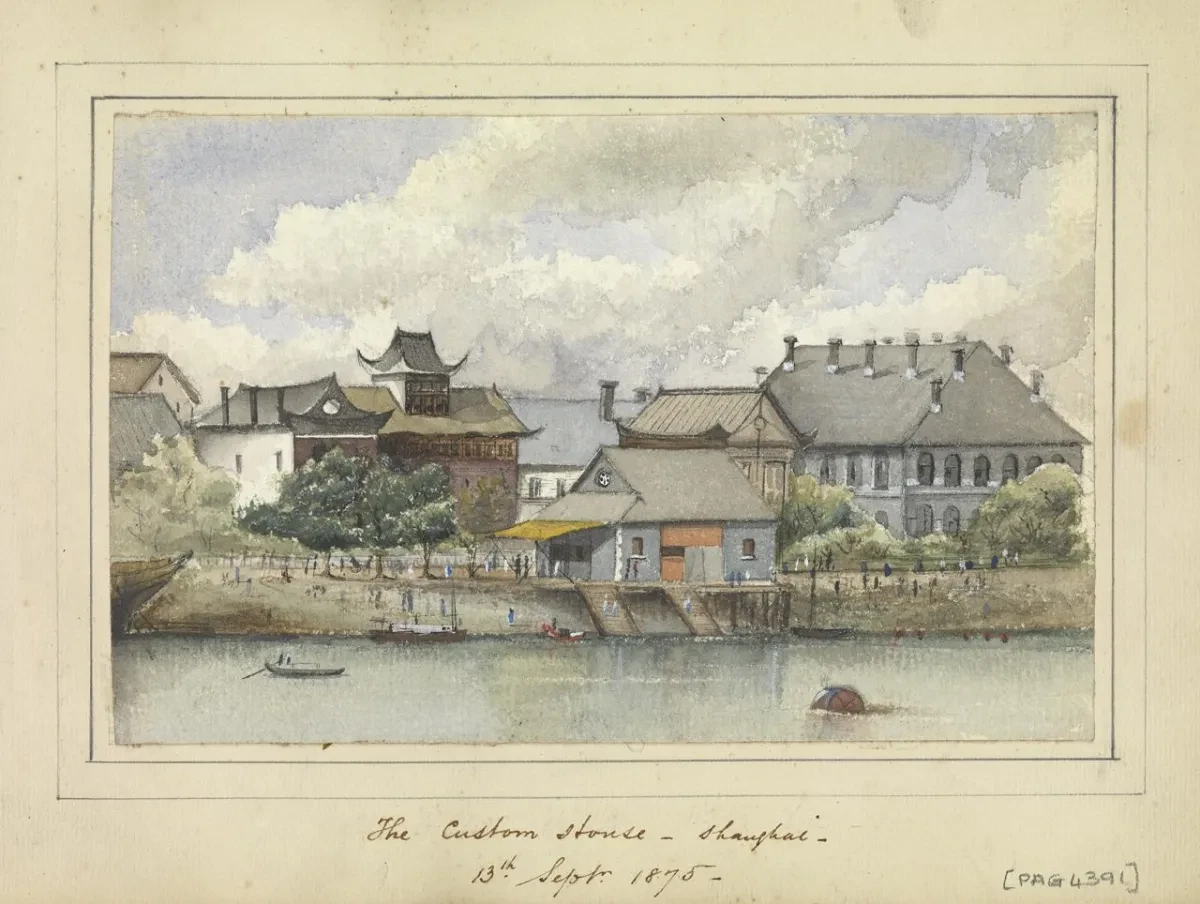
William Edward Tiptaft
Born: 1842
Qualified as Master: 1869
Retired: Died in Shanghai on 31 October
William Edward Tiptaft was born in 1842 in the parish of St. George in the East, Stepney, to a baker and his wife. The bakery would have been a hard life with little reward and their circumstances would have been desperate. By 1847 his father was in the workhouse, where he died. William Edward was five years old.
In 1851, aged nine, his mother, a nurse, was unable to support him. He was sent to an institution called the Infant Poor Establishment of St. George in the East.
Institutions of this type were designed to remove children from the workhouses and give them skills which would help them in later life. The institution no doubt both educated Tiptaft and encouraged him to seek a better life. By 1856 he had left. In 1859 he was a crew member on a vessel called Racer, registered in Jersey, and was recorded in the crew list as ‘boy’.
This was the start of Tiptaft's nautical training. Although he never had an indentured apprenticeship, he began his quest to become an officer in the merchant marine. In 1866 he gained his Second Mate’s certificate. Still only 24, he could at last feel he had, by his own efforts, raised himself out of the poverty into which he had been born.
He went on to gain his First Mate’s certificate and then his Master’s in December 1869, just 27 years of age and, coincidentally, just as Cutty Sark launched.
Tiptaft had worked on Willis ships before gaining his Master’s certificate. Therefore, his return to White Adder as captain was to a ship he knew well, having worked on her at every level. After one voyage he moved to Merse, another Willis ship, where he made three voyages before being transferred to Cutty Sark.
Tiptaft made a success of his time aboard. He was no record breaker or chancer, but a steady hand over the six voyages he made. History will record him as being the second longest-serving captain on the Cutty Sark. It would probably have been longer, but on his sixth voyage he succumbed to an outbreak of dysentery in Shanghai and died on 31 October 1878.
So ended a promising life and career. Having achieved so much in his relatively short life, it was a sad ending for a man of such ability.
James Smith Wallace
Born: 1853
Qualified as Master: 1877
Retired: Died by suicide at sea
Captain James Smith Wallace was a young man with a very promising career before him. He gained his Second Mate's certificate at 19, his Master's certificate at 24, and at 25 found himself the captain of Cutty Sark.
Wallace came from a family of standing, as they might have said in the mid-19th century. His father, also James, held the position of Inspector of Poor. This made him an important local figure, dealing with the Poor Law administration and the distribution of poor relief.
Wallace was born on 9 January 1853 in Aberdeen and began a four-year apprenticeship in the ship Bundaleer, registered in Aberdeen, in April 1870. Three weeks after completing his apprenticeship he started working as Second Mate on steam-powered vessel Gordon Castle. A month later he passed his examination. Two years later he had his First Mate’s certificate.
On 29 November 1877 Wallace joined Cutty Sark as First Mate, even though by this time he had his Master’s certificate. It was not unusual for those holding a Master’s qualification to also accept positions as First Mate, and sometimes even Second Mate. This was particularly true if there was a shortage of Master’s positions available. The voyage began on 2 December 1877 bound for Australia; the ship reached Sydney in 69 days. From there to Shanghai with a cargo of coal, arriving in October 1878. Five days later on 30 October, the Master, Tiptaft, died of dysentery and Wallace was promoted to captain of Cutty Sark. He was now 25 years of age and this was his first command.
Wallace completed the voyage, returning to London in January 1880. The following voyage was very short due to a storm in the English Channel causing damage which required the ship to put back to London for repair.
The third voyage was to be Wallace's last.
Wallace's First Mate was a man called Sydney Smith, who had a reputation as a bully. John Francis was a crew member who was under-qualified and resisted Smith’s authority. This unfortunate combination of personalities led to Francis disobeying an order from Smith. This escalated into a physical fight, which culminated in Francis being seriously injured and dying three days later. Smith was confined to his cabin.
When the ship reached Anjer in modern-day Indonesia, Wallace disposed of the murder weapon and allowed Smith to jump ship and escape. The reasons he did this were, and remain, unclear. The crew were incensed by Wallace’s actions and some had to be constrained in irons.
Wallace realised his career was over; his actions had been indefensible. He was bound to lose his Master’s certificate and the shame he had brought on his family could never be expunged. He calmly stepped over the taffrail at the stern and drowned. His official death record states death at sea by suicide. Thus, a promising career was cut short by one very curious decision.
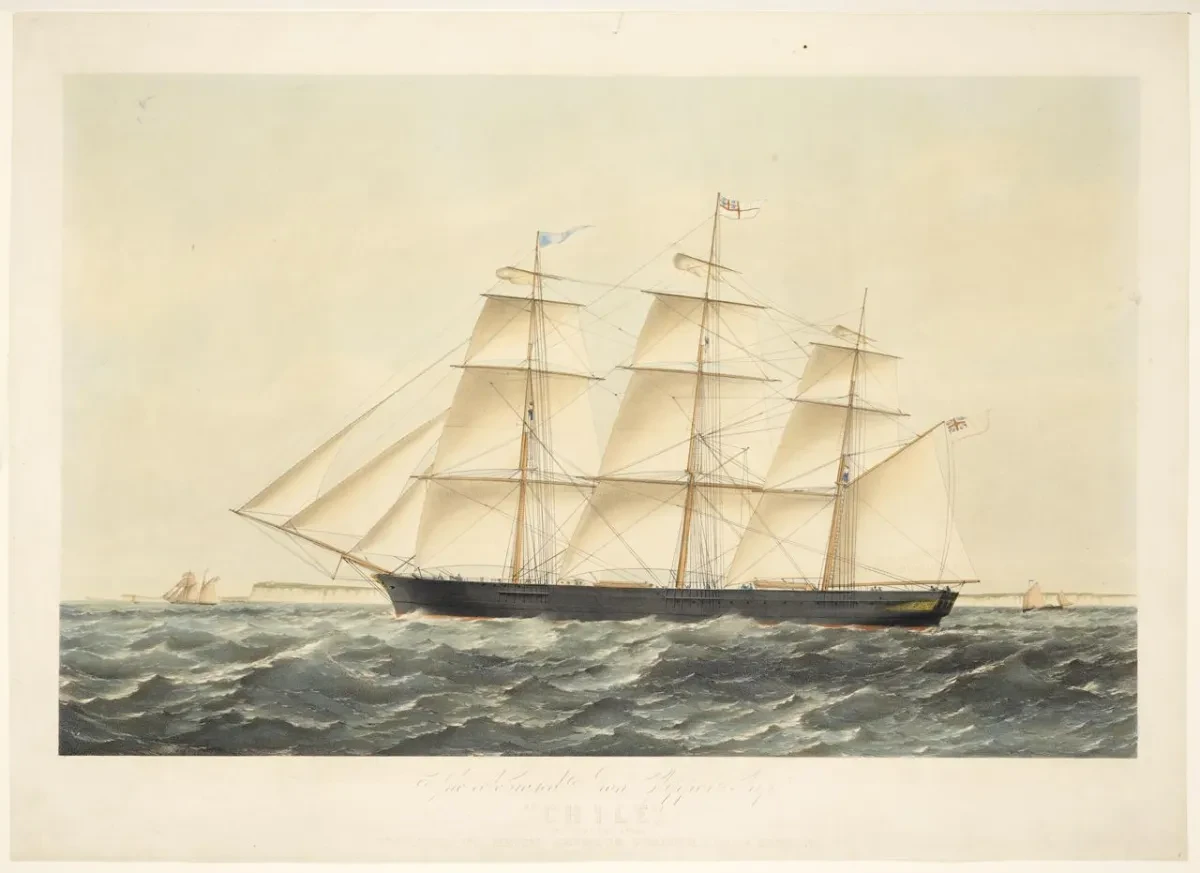
William Henry Bruce
Born: 1836
Qualified as Master: 1869
Retired: Had his master’s certificate removed in 1882, died from a stroke in 1901
William Henry Bruce's maritime career began in April 1853 when he embarked on an indentured apprenticeship of four years. In October 1857, having completed his apprenticeship, he gained his Second Mate’s certificate. 22 months later he gained his First Mate’s certificate.
Bruce must have been a good student as the regulations require there to be two years between the second and first mate’s certificates. He was now 21, and at this point most aspiring to be a master-mariner would have begun to study to pass the examination, but not Bruce. He joined a ship, Chile, which carried emigrants to Australia under the assisted passage scheme, as Second Mate.
It was nearly four years before he returned to sea. When he did he spent the best part of the next two years as an AB (able bodied seaman) or Second Mate aboard British-bound ships. Then, in 1865 he was once again the second mate on Chile and left Adelaide to return to London with his wife and two children.
From London Bruce continued to work and spent the next three years aboard Himalaya as either Second or First Mate.
He earned his Master's certificate on 1 July 1869, almost ten years to the day since receiving his First Mate’s certificate.
To find qualified masters who worked as mates was quite common, but Bruce seems to have avoided using his new status. It was another five years before his first Master’s position, when he became captain of Agnes in 1875, a small ship of 104 tons out of Sydney, New South Wales. Six years later he was First Mate on Willis’s ship, Halloween, when Willis needed a replacement for Cutty Sark after Wallace's death.
Halloween was nearby and Bruce was transferred as Wallace’s replacement. He found himself captain of a ship with a reputation and high expectations. Cutty Sark was midway through a voyage which had already had more than its fair share of drama. It did not go well.
Bruce joined the ship on 24 September 1880 and the voyage terminated on 10 April 1882. During this time his shortcomings as a sailor became very apparent. The crew had lost confidence in him, but worse, Bruce and the First Mate Rutland began drinking heavily and became incapable of running the ship. They failed to properly provision and the crew’s rations ran out. A hungry crew and a drunken captain is a poor combination and when the ship reached New York the crew lodged an official complaint. Following an inquiry into their grievances the Port of New York Authority upheld the complaint in favour of the crew. They were then paid off and discharged. Bruce and Rutland had their certificates suspended and were discharged.
The length of the time over which Bruce's Master’s certificate was withdrawn isn’t known, but he was still permitted to work as a Mate. He did this on several vessels. His last voyage out of a British port was as First Mate on Chilena, registered in Liverpool and bound for Australia. It is possible that he left the Chilena without returning to the UK as his next, and last, ship operated only south of the equator.
Bruce was captain of Chow Paya, a steamer registered in Singapore, when he died from a stroke in Penang General Hospital on 3 September 1901.
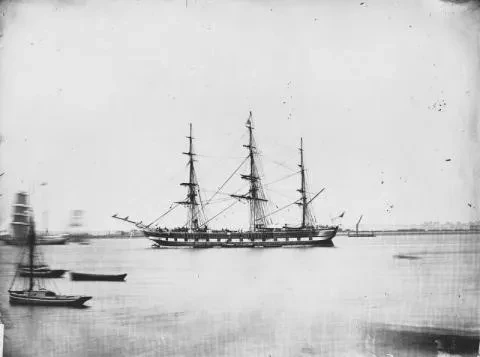
Frederick Moore
Born: 1839
Qualified as Master: 1867
Retired: Died of ‘heart disease’ in 1896
Frederick Moore's career as a mariner was a long one. He served his apprenticeship with J. Sprate of South Shields. His indenture tells us that it was for six years from 1 February 1853 to 1 February 1859, on the vessel Elija. He served the full term and on completion he was considered an Able Seaman, an AB. This was not usual judging by others in his position, as they were often classed as seaman or Ordinary Seaman. We can only assume he was a very able student.
By May 1862, at the age of 23, Moore had passed the examination for his Only Mate’s certificate. On 14 February 1867, two weeks before his 28th birthday, he gained his Master’s Certificate. He captained his first ship, Sovereign, soon after but it was not until 1880 that he first became Master of a ship in the Willis fleet. He took command of Coldstream. The following year he was master of Black Adder, another Willis ship, and moored in New York at the same time as Cutty Sark.
The dismissal of Bruce meant there was a need for a replacement captain quickly. Willis decided to transfer Captain Moore to Cutty Sark with the apprentices and officers. This was to be the first of three voyages Moore made as Master of Cutty Sark. He found the ship to be seriously in need of maintenance and repair due to the lack of care taken by the previous officers. It was a process that continued throughout his captaincy.
Moore was also to leave us an interesting legacy with regard to his personal log records. Unusually, his logs continued while the ship was in port and he made notes on many events that would have been considered mundane at the time. Today, they give us a very good understanding of how a clipper ship worked and how the crew were employed. It is the ordinary day to day events that are rarely recorded but he did so, and to our benefit.
Moore's time on Cutty Sark concluded with the first wool cargo from Australia. This was a voyage made in excellent time and which convinced Willis that he should be given the captaincy of his favourite ship, Tweed. It is probable he remained master of Tweed for four years before leaving Willis's employ.
He continued sailing until his death on 29 April 1896. Master on the ship Hilston bound for London from Brazil, he died of ‘heart disease’ off the coast of Brazil.
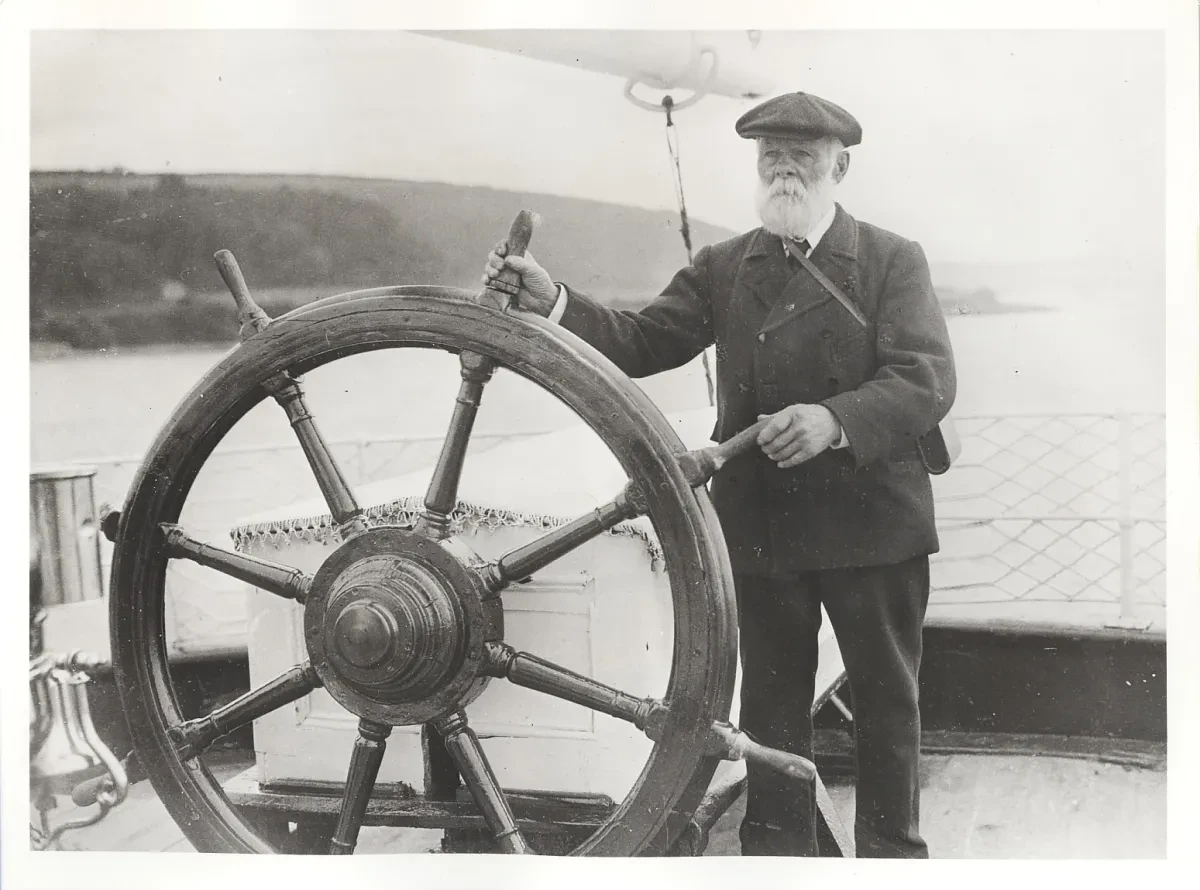
Richard Woodget
Born: 1845
Qualified as Master: 1871
Retired: 1896
Richard Woodget is probably the best known of all the masters who captained Cutty Sark. His record breaking voyages from Australia during the late 19th century with cargos of wool were avidly followed by the press. They have become instrumental in making the Cutty Sark the significant piece of history it is today.
Find out more about Richard Woodget
This page features content from Roger Hodge, one of our volunteers.
